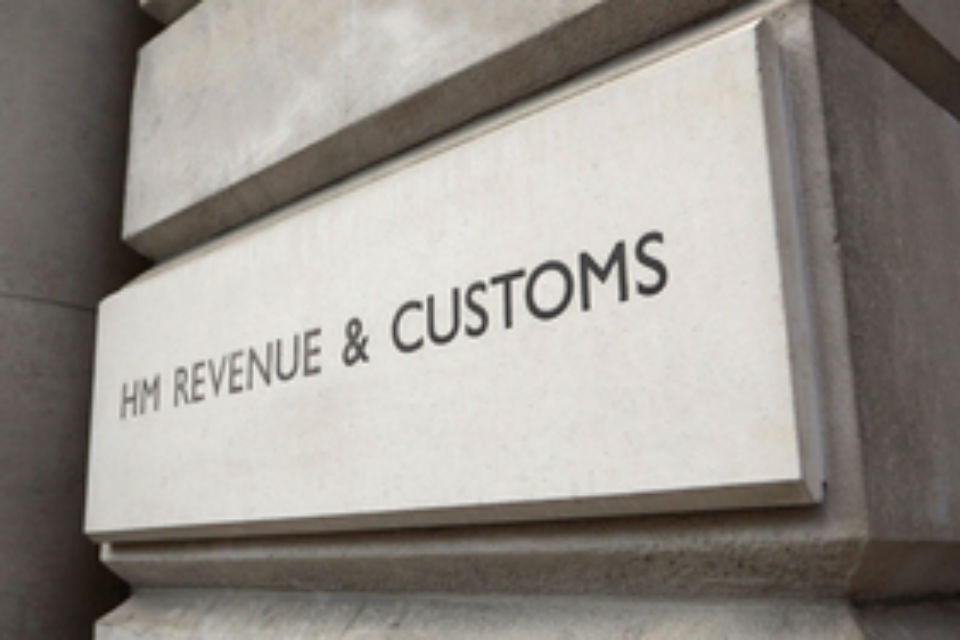Report commissioned by department encourages better communication of the benefits of ditching ‘bridging’ tools and fully embracing digital system
Credit: Philip Ingham/CC BY-ND 2.0
A study of businesses’ experiences so far of HM Revenue and Customs’ digital tax system found that the extent to which they have encountered benefits and drawbacks has “varied considerably”.
Since April 2019, organisations with annual taxable revenue in excess of £85,000 have been required to maintain digital tax records and file VAT returns via the Making Tax Digital scheme. After the online system had been in operation for a year, the department commissioned analytics and consultancy firm Kantar to conduct “qualitative research into the costs and benefits of Making Tax Digital”.
The study “found that businesses were still adapting to the change [and] benefits were experienced by businesses, but many felt they needed more time before they would realise them fully”.
A newly published follow-up report – for which HMRC again retained the services of Kantar – sought “to understand the ongoing customer impact of record-keeping behaviour change in response to Making Tax Digital for VAT in the second year of mandation”.
The conclusions of the report are based in-depth interviews conducted last summer with 60 representatives of small businesses – each with fewer than 30 employees and yearly turnover of less than £10m.
Related content
- HMRC: Digitised income tax will not require paid-for software for ‘straightforward tax affairs’, minister claims
- MPs urge HMRC to examine whether Making Tax Digital is ‘reasonable and affordable’ for taxpayers before proceeding with rollout
- HMRC seeks £125k leader for Making Tax Digital programme
The primary finding of the study is that “businesses’ ongoing experiences of the costs and benefits of Making Tax Digital for VAT varied considerably, reflecting variations in businesses’ financial requirements and receptiveness to change”.
In particular, there was a marked difference in the experiences of firms using fully-compatible software compared with those using so-called bridging software, which enables companies to comply with their MTD commitments by extracting data from spreadsheets or legacy software tools – but does not offer full digital record-keeping capability.
“Businesses with simple financial requirements… thought that the benefits offered by features of fully-compatible software would be either irrelevant for them, minor – and therefore not registered as a benefit – or were outweighed by the costs,” the report said.
It added: “Those businesses willing to embrace the change to Making Tax Digital for VAT or those worried about the change but who felt able to adapt, had reported benefits, while those that opposed the change reported experiencing more costs. The factors behind a business’s receptiveness to the change included their digital and financial confidence, their VAT complexity, the advice they received from agents and peers, where in the business lifecycle they were and how focused they were on future growth.”
Companies that had decided that their needs merited an investment in fully-compatible software “typically experienced ongoing benefits which outweighed the costs”, the study found.
Respondents cited fewer errors, time saved, and greater levels of financial control as being among the key operational benefits gained from using software with higher levels of functionality.
“These benefits in turn resulted in reduced emotional stress and anxiety,” the report said.
In contrast, firms that remain reliant on bridging software – often as part of a bespoke approach developed to suit their own individual needs – reported “minimal benefits” from the MTD scheme.
Many such users, instead, reported additional costs incurred via digitisation, the most common being “the increased time they now associated with submitting a VAT return”. Other issues included concerns about their software platform of choice increasing in price or being discontinued.
Users of bridging software were often “frustrated with what they perceived as an unnecessary requirement… [and] that Making Tax Digital for VAT was mandatory for them, as it was felt more beneficial for larger businesses”.
Communicating benefits
There are currently well over 500 software tools that have been certified by HMRC as compatible with the digital VAT programme. The programs are designed for use either by businesses themselves, external tax agents working on their behalf or both.
Included among these are 22 that offer a free version for use by SMEs or those with less complicated tax affairs – many of these offer bridging capability.
Kantar’s research found that that more could be done – especially by the tax professionals and software publishers that work with SMEs – to elucidate the benefits of fully embracing MTD programme, particularly its potential to serve as the basis for wider technological transformation.
“Small businesses have their own idiosyncrasies with regards to their systems and processes and this should be recognised,” the report said. “Presenting benefits which are tailored and relevant to how a business operates could help to make benefits feel relevant and worthwhile. This could help engagement and prevent people dismissing things that could be beneficial because they do not feel relevant.”
It concluded: “Key gatekeepers, such as agents and software providers, can either leverage or shut down engagement. It is important that agents, in particular, communicate that the benefits of Making Tax Digital for VAT can both be wider than just VAT and be relevant to small businesses as a route for further digitisation and automation.”
After several delays – including a recent decision to push back implementation by a further year – HM Revenue and Customs’ Making Tax Digital programme is set to finally expand to cover income tax self-assessment (ITSA) payments in April 2024. Self-employed people, small businesses and landlords that are registered for ITSA and generate annual business or property income in excess of £10,000 have until then to switch to the online system.




